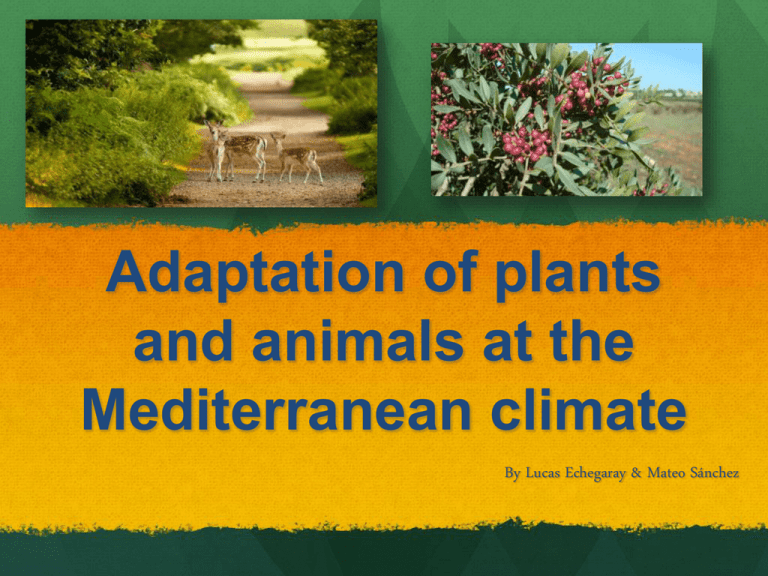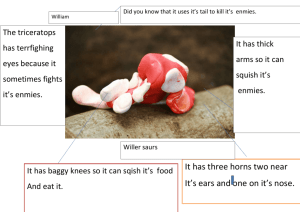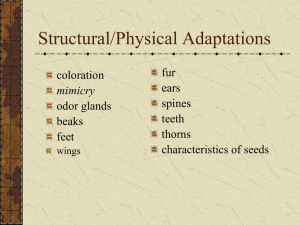Adaptation of plants and animals at the Mediterranean
advertisement

Adaptation of plants and animals at the Mediterranean climate By Lucas Echegaray & Mateo Sánchez Adaptation of plants The irregular rains and hot summers make the Mediterranean climate a hard place plants to live in. Mediterranean plants are often adapted to conserve water and survive summer drought. Adaptation of animals Able to survive to hot, dry summers and are less able to cope with the cooler, wet winters. The Iberian lynx has tufted ears, long legs, short tail… It’s a very specialized hunter that has certain adaptations to have the ability to catch and kill small preys. Pines Its deep roots reach deep water to stand drought and to maintain strong winds. Its needles are made to conserve humidity. They are small and thin, reducing the surface area available for evaporation. Its thick bark, which helps protect you from the flames. Its branches are usually higher than the earth, so the fire cannot reach the needles (photosynthesis). The rabbit Its ears are to become the air- conditioning of the animal. Large ears radiate heat , which facilitates the selftemperature control . They also allow the rabbits can hear their predators , providing extra time to escape. Its legs allow them to move through soft surfaces such as sand or mud. This is especially helpful when they are escaping from predators. The rabbit Its teeth never stop growing and they allow them to chew and gnaw hard floors and maintain a vegan diet, this adaptation is important when the area they live in is full of hard vegetation. Its small tail is during the escape from predators in vegetated areas, a long bushy tail controls their movements.











